The Remarkable World of Wrens
Wrens are a captivating group of small, often unassuming birds that punch well above their weight in terms of personality and ecological importance. Found across much of the globe, these active and vocal creatures bring life to woodlands, gardens, and wetlands. This guide delves into the fascinating life history, behavior, and ecological role of wrens, offering insights for both the casual observer and the dedicated ornithologist.

What Exactly Is a Wren?
The term “wren” doesn’t refer to a single species, but rather to a diverse family, Troglodytidae, encompassing around 88 different species. They are generally small birds, ranging from 9 to 18 centimeters in length. Wrens are characterized by their short tails, rounded wings, and often intricate plumage, ranging from the subdued browns of the House Wren to the vibrant hues of the Splendid Wren. Their bodies are built for navigating dense vegetation, and they are known for their energetic, jerky movements.
Where Do Wrens Live?
Wrens exhibit a remarkable geographic distribution. They are found on every continent except Antarctica. Different species have adapted to a wide variety of habitats. The House Wren, a common sight in North America, thrives in suburban gardens, woodlands, and even urban areas. Other species, like the Sedge Wren, are more specialized, preferring the dense vegetation of marshes and meadows. The Rock Wren is found in arid regions, skillfully navigating rocky slopes and canyons. Some tropical wrens inhabit dense rainforests, while others occupy high‑elevation cloud forests. Generally, wrens require some form of dense cover for nesting and protection from predators.

A Wren’s Diet: More Than Just Insects
Wrens are primarily insectivores, meaning their diet consists largely of insects and spiders. They are highly skilled foragers, gleaning insects from leaves, bark, and crevices. Their long, slightly curved bills are perfectly adapted for probing into tight spaces. However, wrens aren’t strictly limited to insects. They will also consume other invertebrates, such as snails and caterpillars. Occasionally, they supplement their diet with small fruits and seeds, especially during the winter months when insects are scarce. Their high metabolic rate necessitates a constant intake of food, making them perpetually active.
Wren Behavior: A Symphony of Song and Activity
Wrens are renowned for their loud, complex songs, often disproportionately powerful given their small size. Males use these songs to attract mates and defend their territories. Each species has a unique vocal repertoire, and even individual wrens can vary their songs. Beyond singing, wrens are known for their animated behavior. They flit through vegetation with remarkable agility, constantly scanning for food and potential threats. They are also curious and inquisitive birds, often investigating new objects or disturbances in their environment.
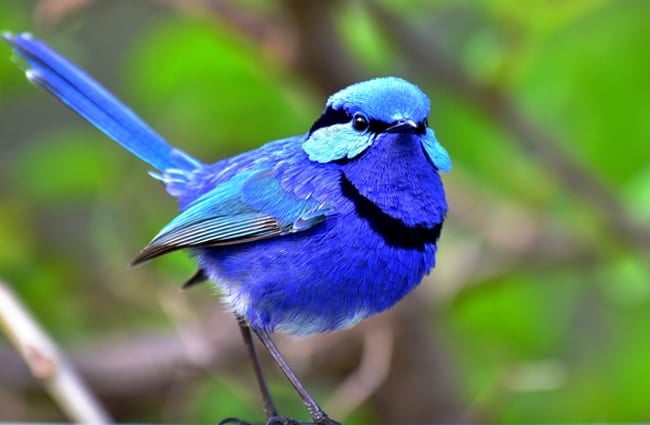
Reproduction and Life Cycle
Wrens are typically monogamous, forming pair bonds that can last for multiple breeding seasons. The breeding season varies depending on the species and geographic location, but generally occurs in the spring and summer. Males may build more than one nest during the breeding season. They present these nests to a female as part of the courtship process, and the female chooses the one she deems most suitable. Nests are usually constructed from twigs, leaves, and other plant materials, often concealed within cavities, dense vegetation, or even human‑made structures. Females lay a clutch of three to eight eggs and incubate them for about two weeks. Both parents feed the chicks, which fledge after another two weeks. Young wrens often remain near their parents for several weeks, learning essential foraging and survival skills.
Wrens in the Ecosystem: A Vital Role
Wrens play a crucial role in their ecosystems. As insectivores, they help control populations of plant‑eating insects, benefiting vegetation. They also serve as prey for larger birds of prey, such as hawks and owls. Their nesting habits can contribute to the dispersal of plant seeds. Furthermore, wrens can serve as indicators of environmental health. Changes in their population numbers or breeding success can signal the presence of pollution or habitat degradation.
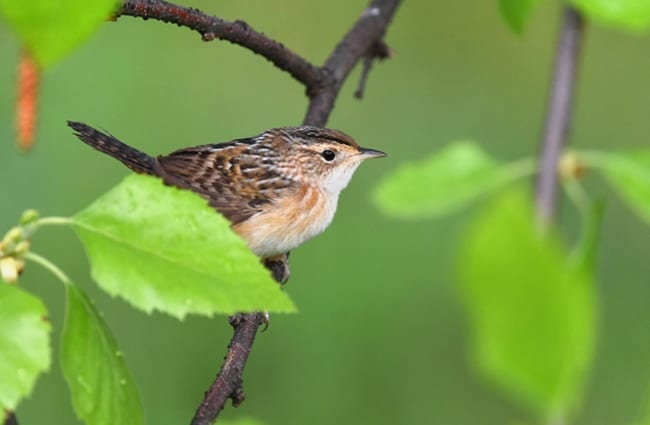
Wrens and Humans: A Long History
Wrens have a long and fascinating relationship with humans. They are often featured in folklore and mythology, symbolizing resourcefulness, humility, and good luck. Their cheerful songs have inspired poets and musicians for centuries. In some cultures, wrens were considered sacred birds and protected from harm. Today, wrens are popular subjects for birdwatchers and nature photographers. However, they also face threats from habitat loss, pesticide use, and climate change. Providing suitable habitat and minimizing pesticide use can help ensure the continued survival of these delightful birds.
Wren Species Spotlight
While there are nearly 90 species of wrens, a few stand out for their unique characteristics:
- House Wren (Troglodytes aedon): The most widespread wren in North America, known for its adaptability and persistent singing.
- Carolina Wren (Thryothorus ludovicianus): A common sight in the southeastern United States, characterized by its bright white eyebrow and loud, cheerful song.
- Bewick’s Wren (Thryomanes bewickii): Found in western North America, this wren has a long, slightly decurved bill and a distinctive tail pattern.
- Rock Wren (Salpinctes obsoletus): A desert specialist, the Rock Wren scuttles along rocky slopes, foraging for insects.
- Long‑billed Wren (Campylorhynchus brunneus): A southwestern U.S. and Mexican species, known for building long, tube‑like nests with a hanging entrance.
Finding Wrens in the Wild
If you’re hoping to spot a wren, here are a few tips:
- Listen for their song: Wrens are vocal birds, so listen for their complex and cheerful songs.
- Search in dense vegetation: Look for wrens in woodlands, gardens, marshes, or rocky areas with plenty of cover.
- Look for their nests: Wrens often build nests in cavities, dense vegetation, or human‑made structures.
- Be patient: Wrens can be elusive, so take your time and scan your surroundings carefully.

Wrens in Captivity: Considerations for Care
While wrens are not commonly kept in captivity, it is possible. Here are some considerations:
- Spacious aviary: Wrens need a large aviary that allows them to fly and explore.
- Dense vegetation: Provide plenty of dense vegetation for cover and nesting.
- Insectivorous diet: Feed them a diet of insects, supplemented with fruits and seeds.
- Minimal disturbance: Wrens are sensitive to disturbance, so provide a quiet and peaceful environment.
- Avoid overcrowding: Wrens are territorial, so avoid overcrowding.
A Final Note
Wrens are remarkable birds that enrich our world with their lively personalities and beautiful songs. By understanding their life history, behavior, and ecological role, we can better appreciate these tiny dynamos and ensure their continued survival for generations to come.
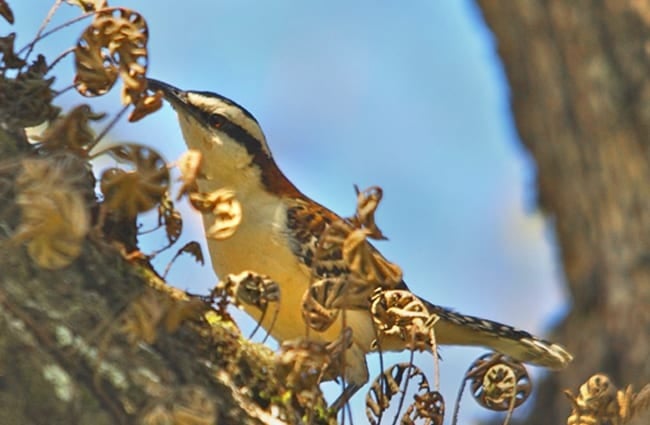

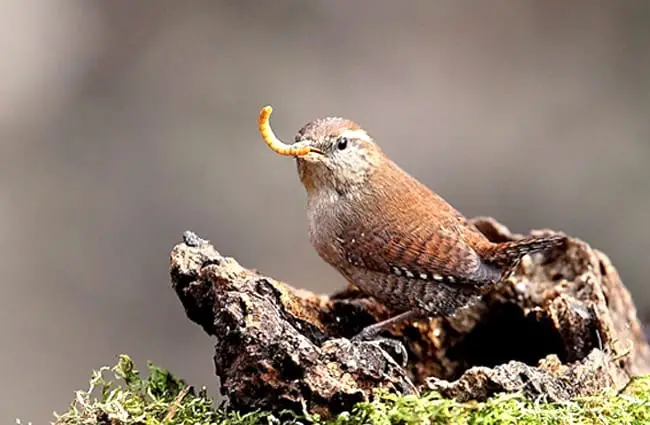

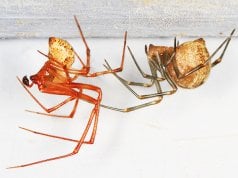




![Red Angus Closeup of a beautiful Red Angus cowPhoto by: U.S. Department of Agriculture [pubic domain]https://creativecommons.org/licenses/by/2.0/](https://animals.net/wp-content/uploads/2020/03/Red-Angus-4-100x75.jpg)

